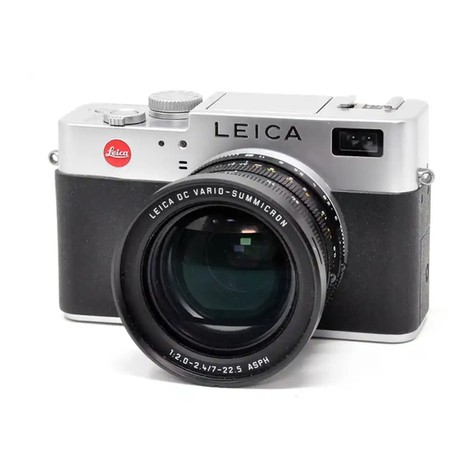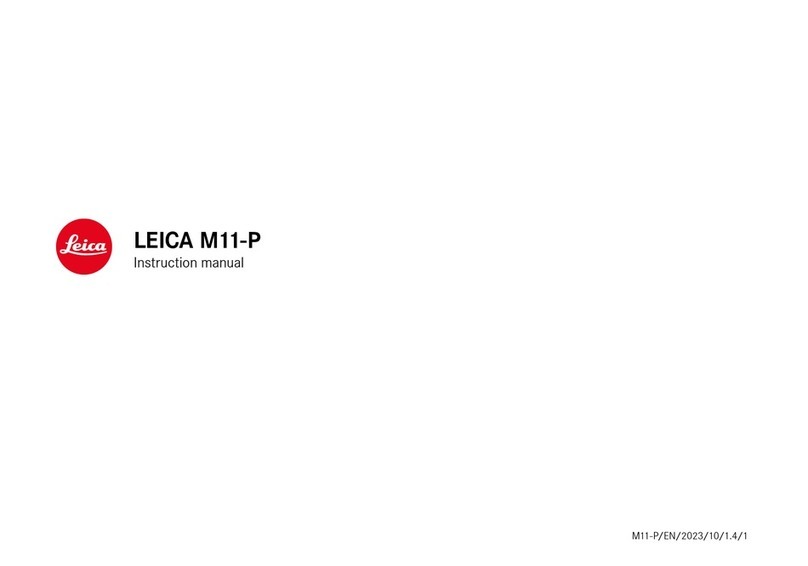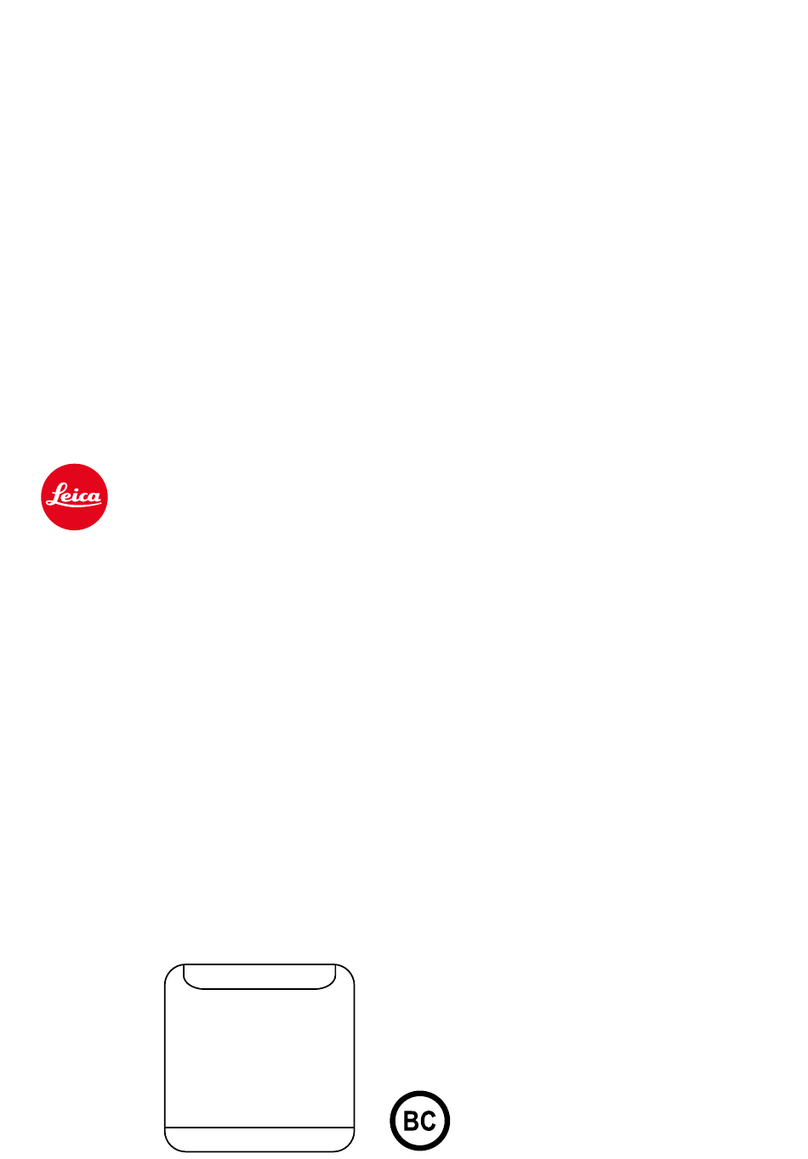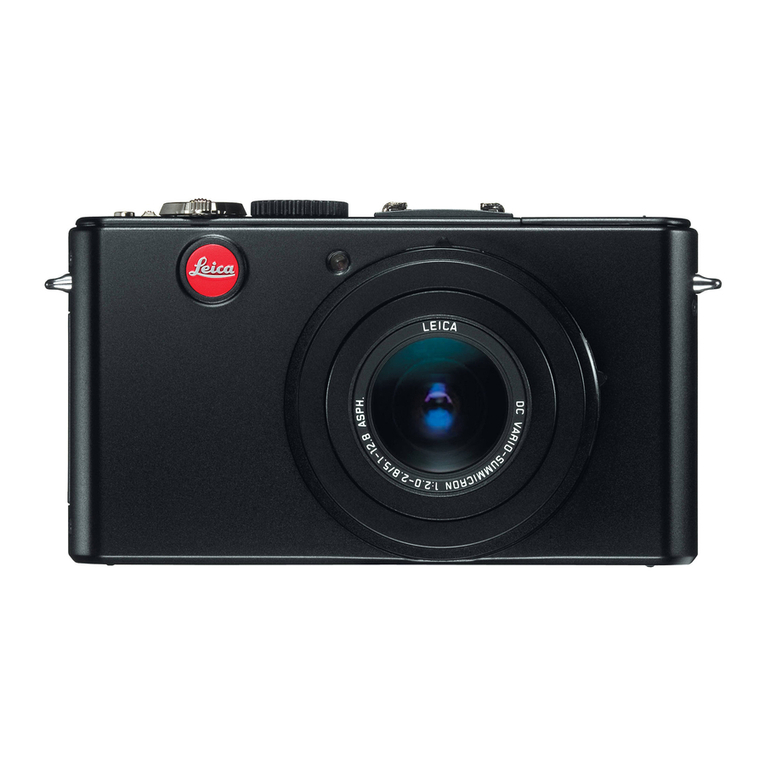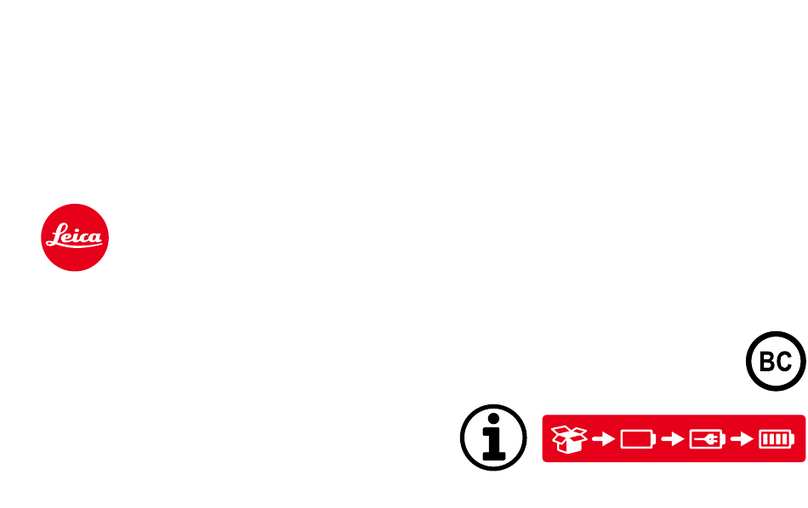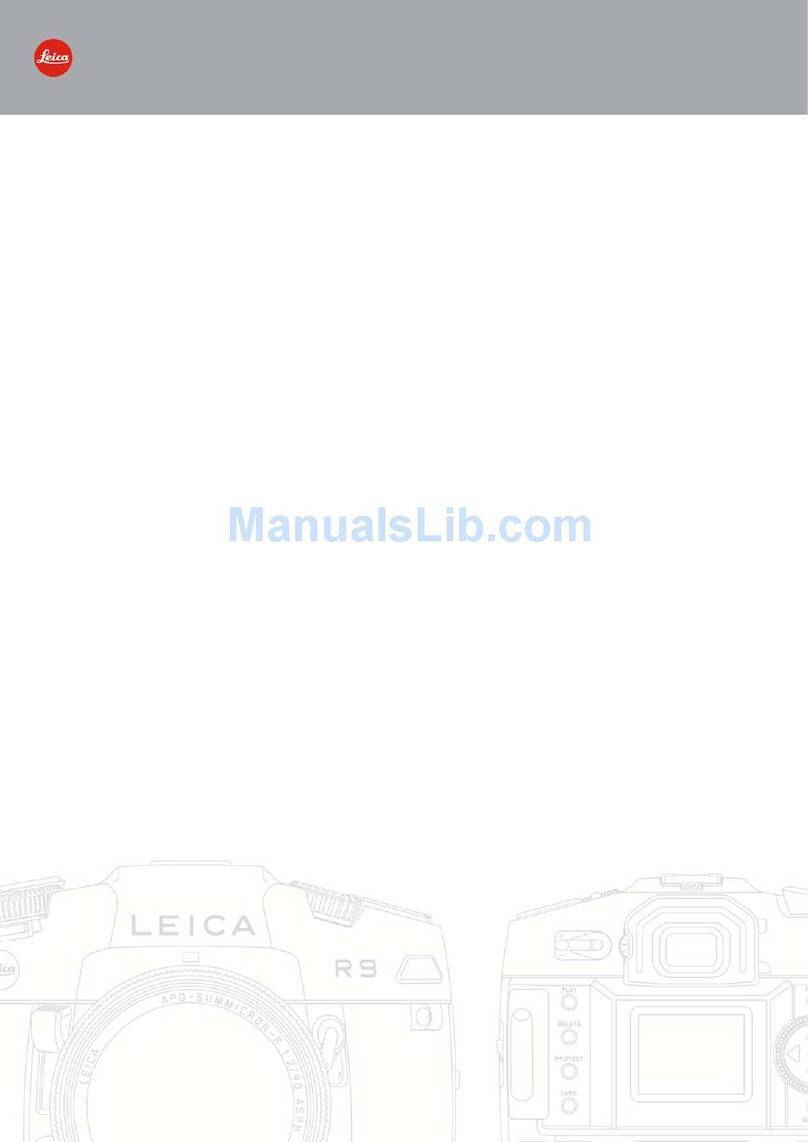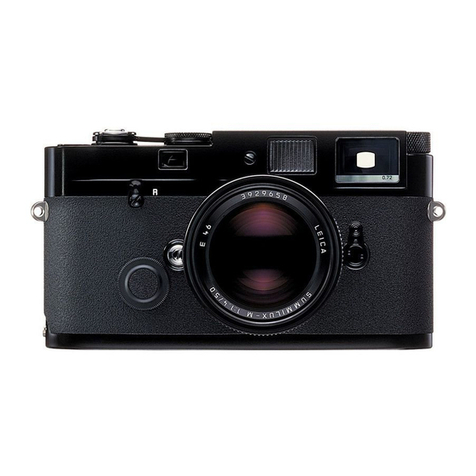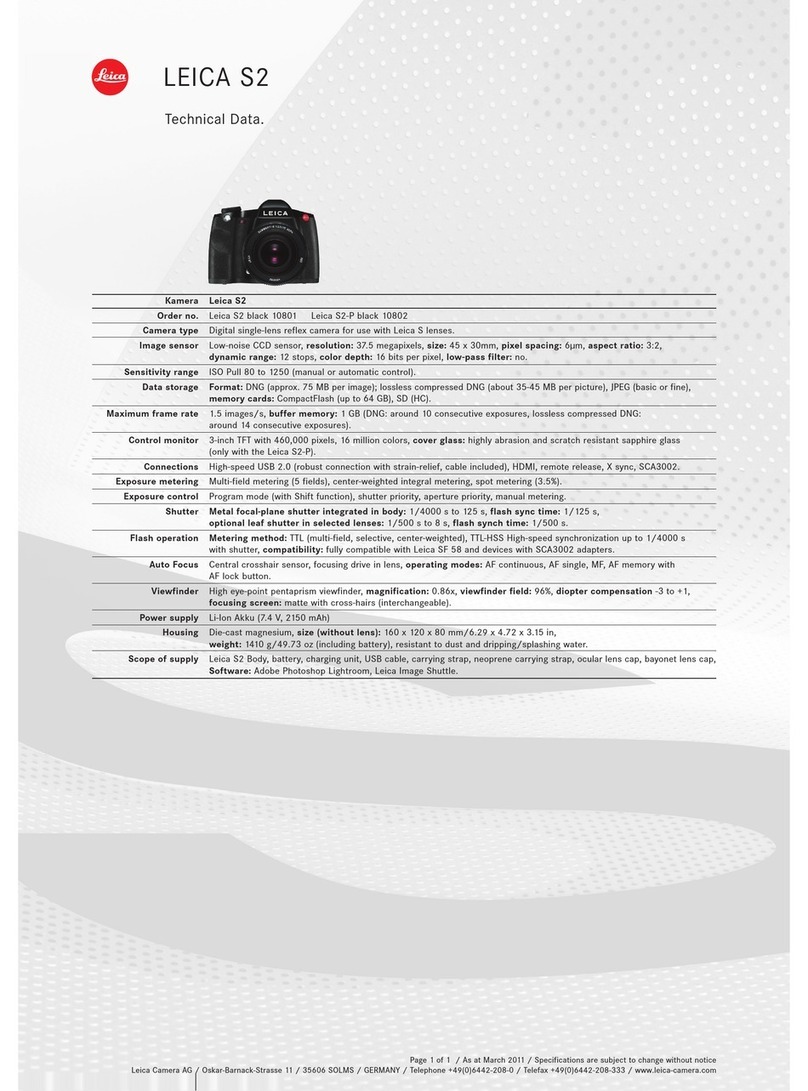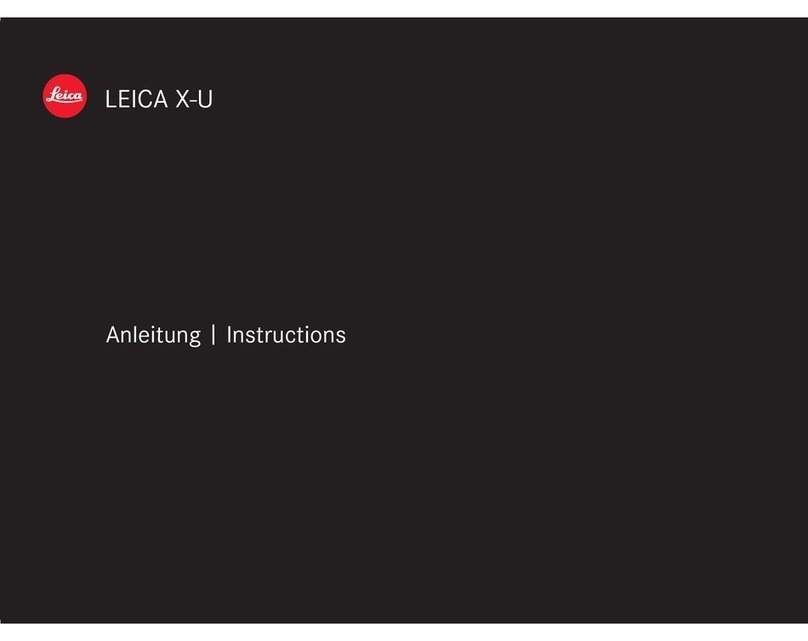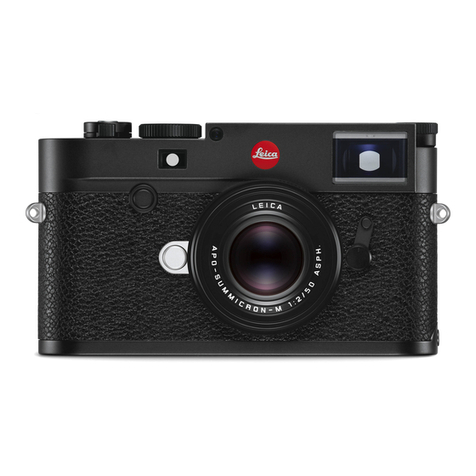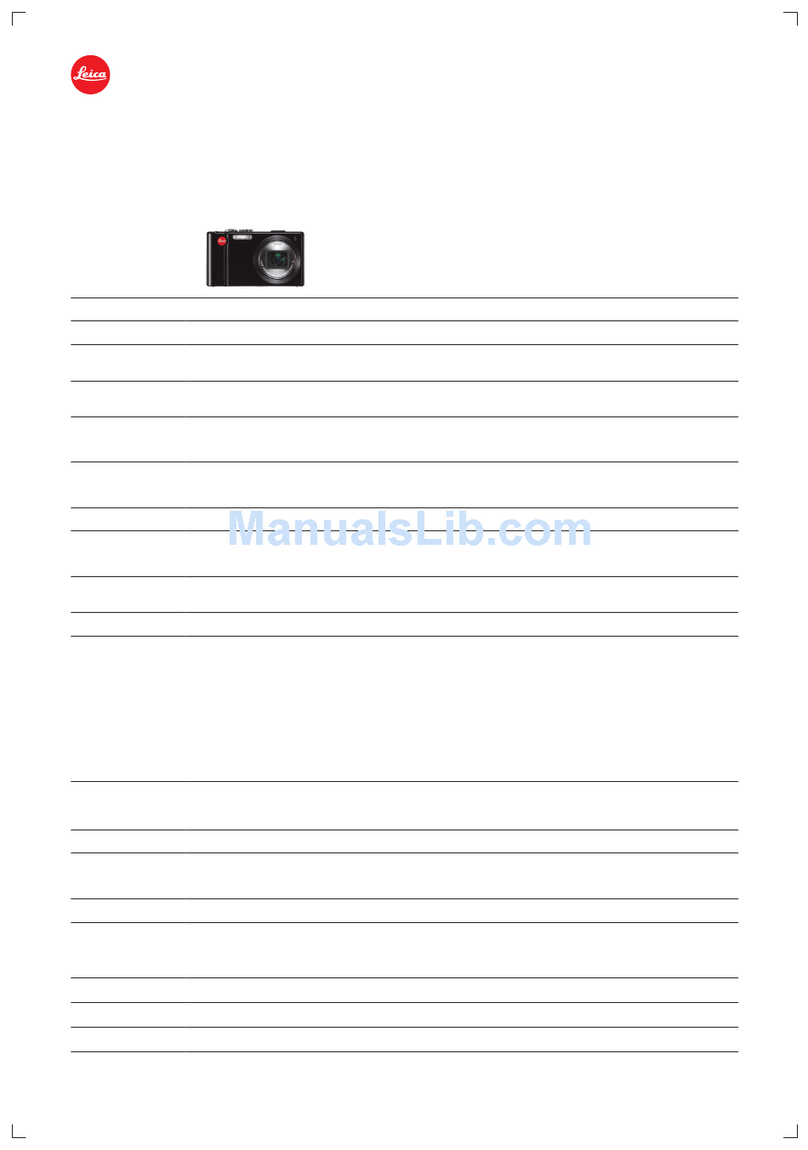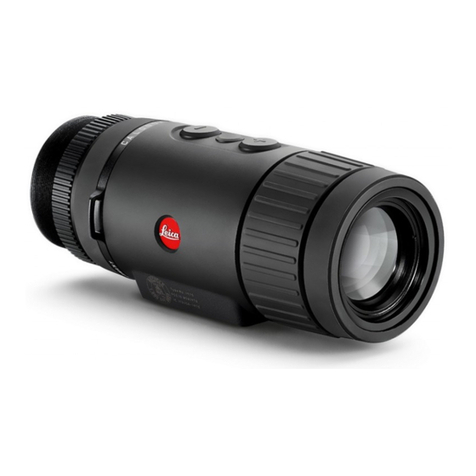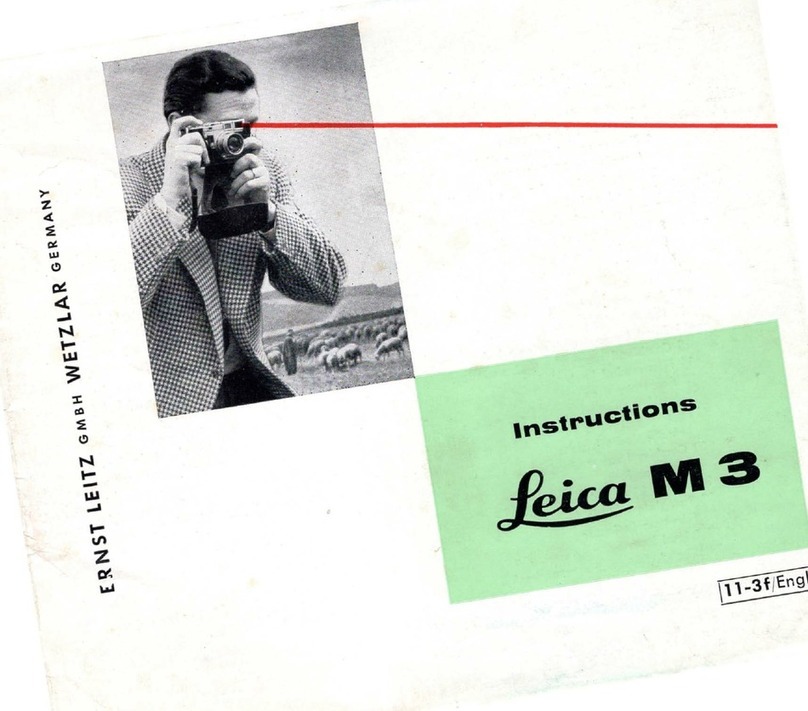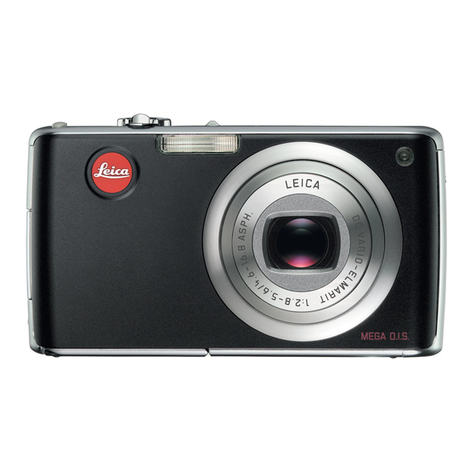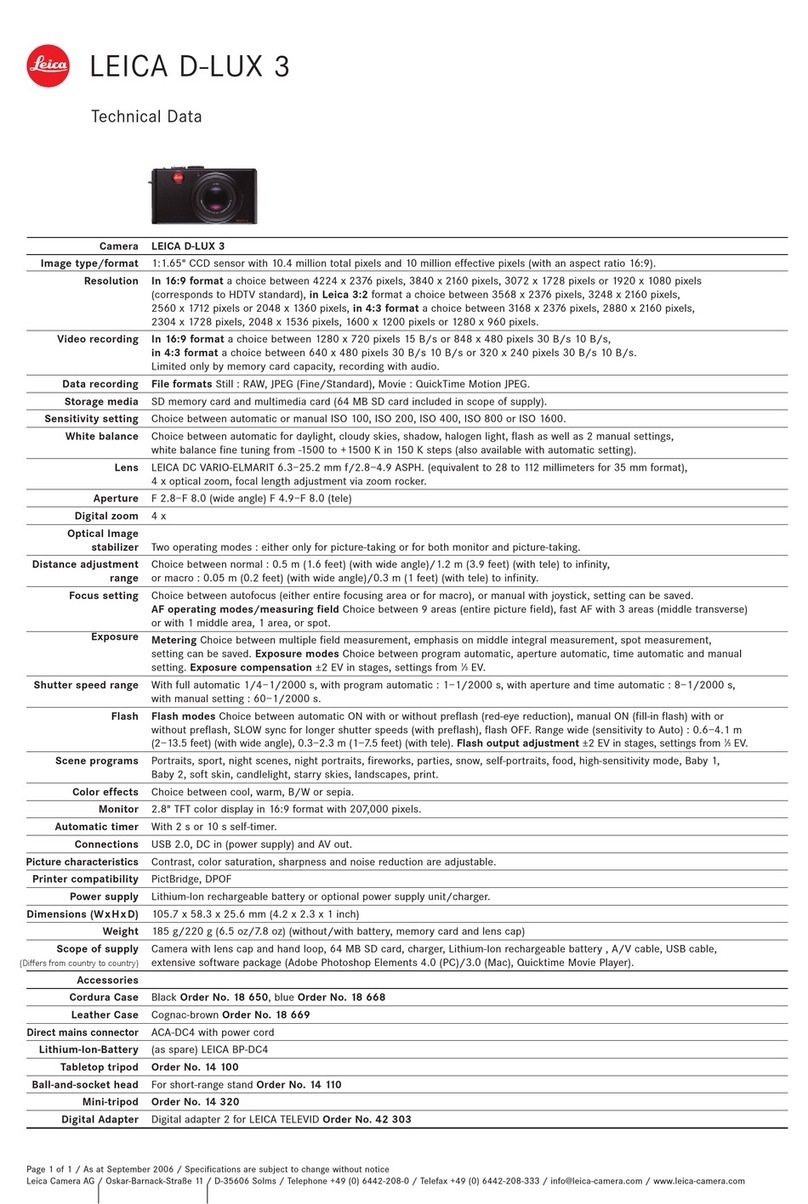
TABLE OF CONTENTS
10
REWIND LOCKING LEVER......................................................................................24
IMAGE FIELD SELECTOR ........................................................................................25
REPLACING THE FILM PACK .......................................................................... 25
OPENING/CLOSING THE CAMERA........................................................................26
COCKING THE SHUTTER........................................................................................27
REWINDING THE FILM PACK .................................................................................27
REMOVING THE FILM PACK...................................................................................28
INSERTING THE FILM PACK ...................................................................................28
ADVANCING TO THE FIRST EXPOSURE ................................................................29
PHOTOGRAPHY ...................................................................................30
ISO SENSITIVITY.............................................................................................. 30
IMAGE COMPOSITION .....................................................................................31
IMAGE FIELD (BRIGHT-LINE FRAME) ....................................................................31
FOCUSING ........................................................................................................ 33
SUPERIMPOSED IMAGE METHOD (DOUBLE IMAGE) ................................................... 33
SPLIT IMAGE METHOD.................................................................................................. 33
EXPOSURE........................................................................................................ 34
EXPOSURE METERING METHOD.......................................................................... 34
EXPOSURE METERING ...........................................................................................35
EXPOSURE SETTING...............................................................................................35
AUXILIARY EXPOSURE DISPLAYS................................................................................. 35
CHALLENGING SHOOTING CONDITIONS.............................................................36
EXTRA BRIGHT OR DARK OBJECTS ............................................................................... 36
OBJECTS WITH VERY HIGH CONTRAST SCOPE ............................................................ 37
LONG-TERM EXPOSURE (B)...................................................................................37
FLASH PHOTOGRAPHY................................................................................... 38
COMPATIBLE FLASH UNITS...................................................................................38
ATTACHING FLASH UNITS .....................................................................................39
CARE/STORAGE ..................................................................................40
INDEX ...................................................................................................42
TECHNICAL DATA ................................................................................44
TABLE OF CONTENTS
FOREWORD............................................................................................ 2
SCOPE OF DELIVERY ............................................................................ 2
REPLACEMENT PARTS / ACCESSORIES ............................................ 3
LEGAL INFORMATION........................................................................... 4
SAFETY REMARKS ................................................................................ 6
GENERAL INFORMATION..................................................................... 8
WARRANTY............................................................................................ 9
TABLE OF CONTENTS .........................................................................10
PART DESIGNATIONS .........................................................................12
DISPLAYS .............................................................................................16
PREPARATION .....................................................................................18
ATTACHING THE CARRY STRAP..................................................................... 18
INSERTING/REMOVING THE BATTERY......................................................... 18
LENS...................................................................................................................19
COMPATIBLE LENSES.............................................................................................19
LENSES WITH LIMITED COMPATIBILITY...............................................................19
INCOMPATIBLE LENSES.........................................................................................19
CHANGING THE LENS ............................................................................................20
DIOPTER COMPENSATION ..............................................................................21
CAMERA OPERATION .........................................................................22
CONTROL ELEMENTS ..................................................................................... 22
SHUTTER BUTTON..................................................................................................22
SHUTTER-SPEED DIAL ...........................................................................................22
ISO SETTING DIAL ..................................................................................................23
FILM ADVANCE LEVER ...........................................................................................23
REWIND CRANK......................................................................................................24
